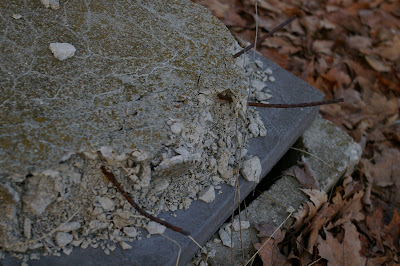




PART 5: (SHAPE, COLOR) THE BULL
Revisiting ‘The Bull”
You are to study panels 2, 3, 4,and 5 of the Bull. You may choose another animal or use the same animal you were given previously to recreate a sample of abstraction similar to panel 2,3,4, and 5. STUDY THE SAMPLES CAREFULLY. Panel sizes are to be 8x8.
1. Make sure to study the color theory handout sheet that went with this project and select a color scheme that will work to make an attractive work of art. The color scheme and placement of colors when planning for this SHOULD COMPLIMENT THE WORK AND NOT OVERWHELM IT.
2. Make sure panels are all cut to size and cut NEATLY.
3. YOU MUST PUT THOUGHT INTO HOW YOU ARE ABSTRACTING SO THAT IT IS CREATIVE, INTERESTING, AND THERE IS A RELATIONSHIP ESTABLISHED FROM PANEL TO PANEL. I tried to warn you last time that this is a ‘thinking’ project.
4. Make sure that rendering is WELL DONE. Line quality and edges need to be CRISP. Use your TOOLS. YOU MUST BE PRECISE WITH PLACEMENT OF ITEMS SO THAT THE PIECE LOOKS MECHANICAL. For example, if you have a stripe pattern there should not be a variation in the spacing nor the width of the stripes unless there is a LOGICAL SEQUENCE. Make sure your coloring is well done.
5. Keep your work SAFE AND CLEAN.
6. EVALUATE THE QUALITY OF THE WORK AND THE PANELS AS A WHOLE AND ASK YOURSELF IF THEY WORK TOGETHER, DO THEY FIT OUR DESCRIPTION OF A QUALITY PRODUCT. IF NOT YOU NEED TO TAKE CORRECTIVE ACTION.
The expectation was a minimum of 4-6 focused hours rendering each final panel in order to create a quality product although skill level may have meant I needed to spend more. I spent a total of 2-4 hours rendering the final panel.
.jpg)
.jpg)
.jpg)
.jpg)
.jpg)
.jpg)
.jpg)
.jpg)
.jpg)








































